Relevant Overviews

Related ArticleBuilding Interactive UX MapsInteractions can be applied to high-fidelity UX maps to showcase user research and further engage with stakeholders.

With the proper context, prompts, and scrutiny, AI chatbots can be used to create a successful user-research plan.
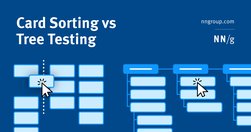
Card sort studies help shape information architectures; tree-testing studies evaluate them.

Even though surveys may be faster and cheaper than other research methods, they are not suited to all research goals.
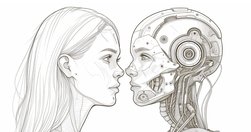
AI can already perform many UX tasks, ranging from design and research ideation to analyzing qualitative user data at scale. It’s the perfect assistant that quickly produces the first drafts of any UX method plan or deliverable. It will do more in the future,... possibly complete UI designs. But AI will not eliminate the need to watch human users.
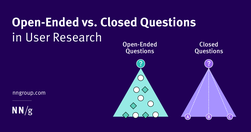
Open-ended questions result in deeper insights. Closed questions provide clarification and detail, but no unexpected insights.

Frameworks and principles for improving UX Research report writing. By following the frameworks and principles outlined in this article, UX researchers can improve their reports through logical structure and organization of ideas, clear and concise writing, and effective use of visuals and graphs.
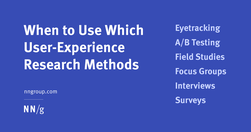
Modern day UX research methods answer a wide range of questions. To help you know when to use which user research method, each of 20 methods is mapped across 3 dimensions and over time within a typical product-development process.

Use this glossary to quickly clarify key terms and concepts related to research methods in UX.
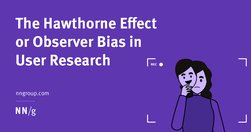
Individuals often modify their behavior if they know they are being observed. That phenomenon became known as the Hawthorne effect or the observer bias. We can mitigate this effect by building rapport, designing natural tasks, and spending more time with study participants.

Oral evidence is valid, and great histories have been told because of it. Memories are not true in the sense that they are not perfect depictions of the past. No, we cannot trust most interviewees.

The Wizard of Oz is a type of user-research method that involves interaction with a mock interface controlled by a human. It is used to test costly concepts inexpensively and to narrow down the problem space.

Watching users' actual behavior helps us gain insights to improve the user experience.

UX (user experience) research is the systematic study of target users and their requirements, to add realistic contexts and insights to design processes. UX researchers adopt various methods to uncover problems and design opportunities. Doing so, they reveal valuable information which can be fed into the design process.
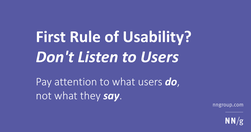
To design the best UX, pay attention to what users do, not what they say. Self-reported claims are unreliable, as are user speculations about future behavior. Users do not know what they want.

The foundation of user experience is the difference between the people on the design team and the people using the product. You can't ask users to design, but you also can't ask the designers whether their own design will be easy for the target audience to use.
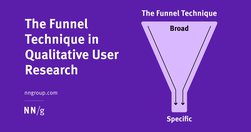
The funnel technique is used in user interviews and usability tests and ensures you get rich insights while not compromising validity.

To design a delightful product, it isn’t enough to have your user in mind—you need to truly know your user’s mind. And the most effective way to achieve this is through user interviews.
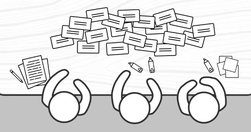
concept of card sorting... UX. The popular, low-tech research technique is used to organize data sets. It’s especially useful for information architecture, menu structures, workflows and website navigation. While it’s easy enough to run a card sort, there’s a massive difference between a flop and a success.

User research is an essential part of UX design. Unless we understand who we are designing for and why, how can we even know what to create or where to begin?

User research is the methodic study of target users—including their needs and pain points—so designers have the sharpest possible insights to work with to make the best designs. User researchers use various methods to expose problems and design opportunities, and find crucial information to use in their design process.